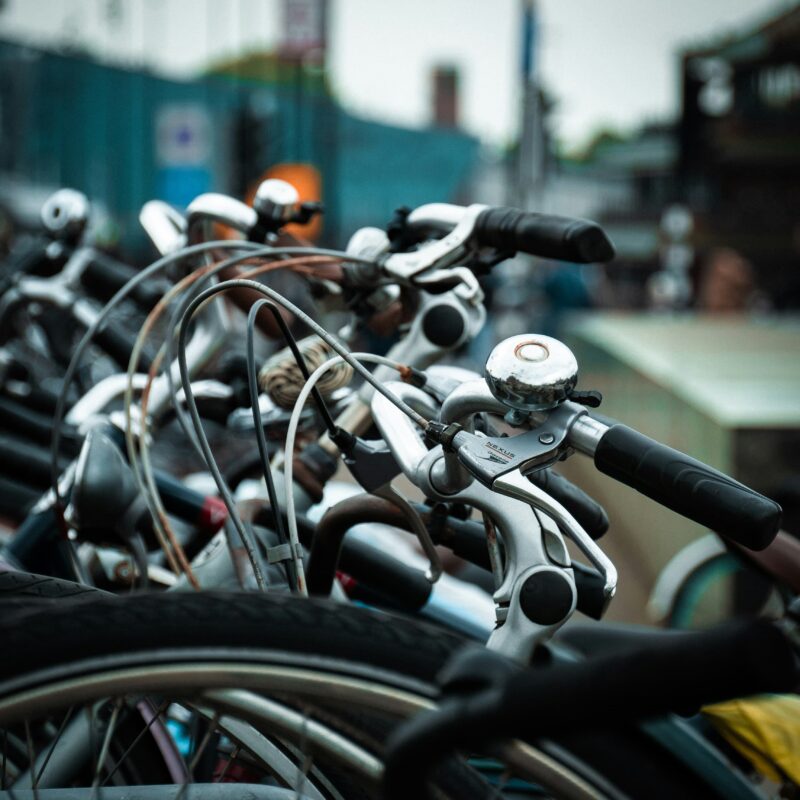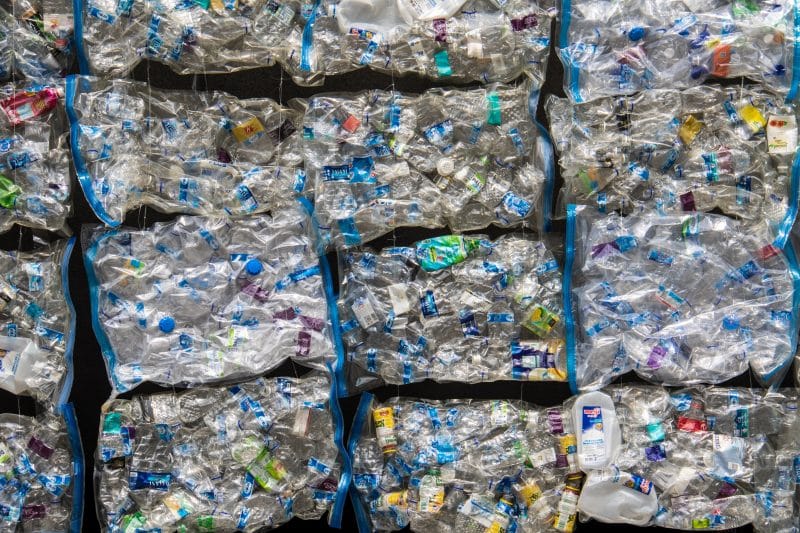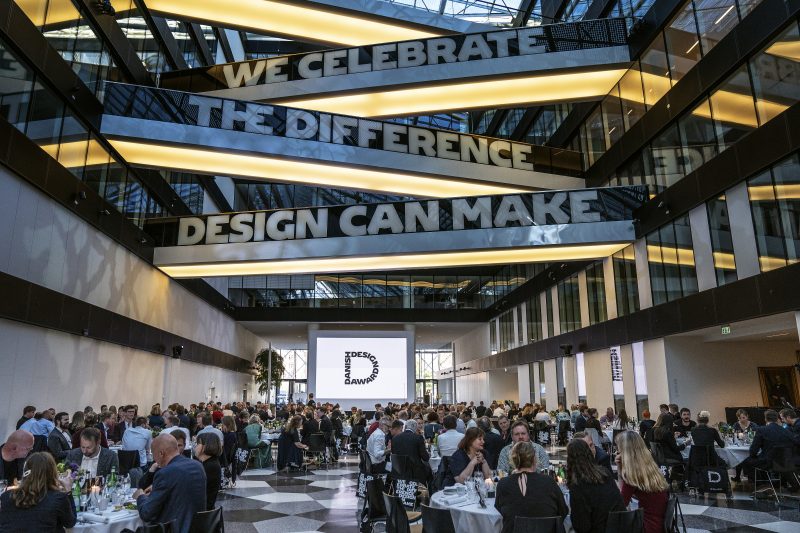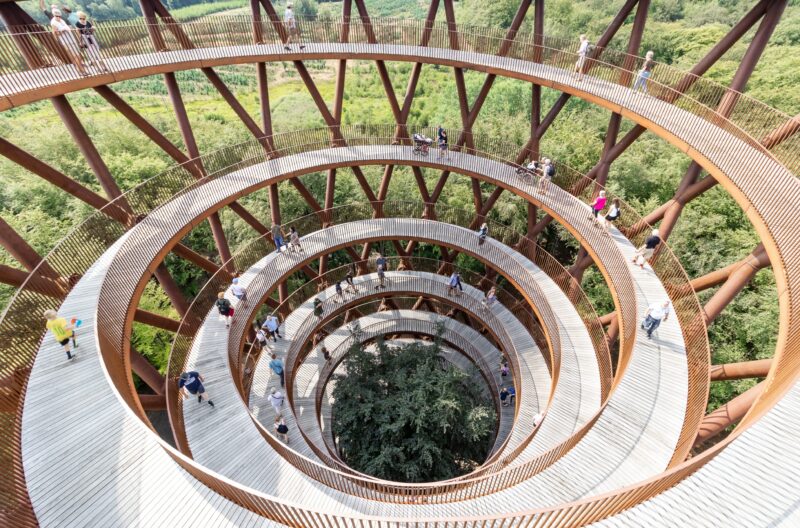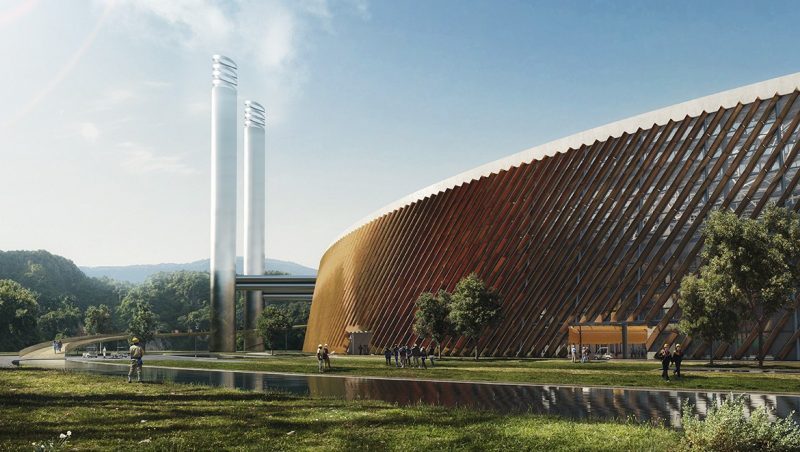News
Waste management
Waste policy and planning
Waste prevention
The bright green island that will be the first zero waste region in Europe
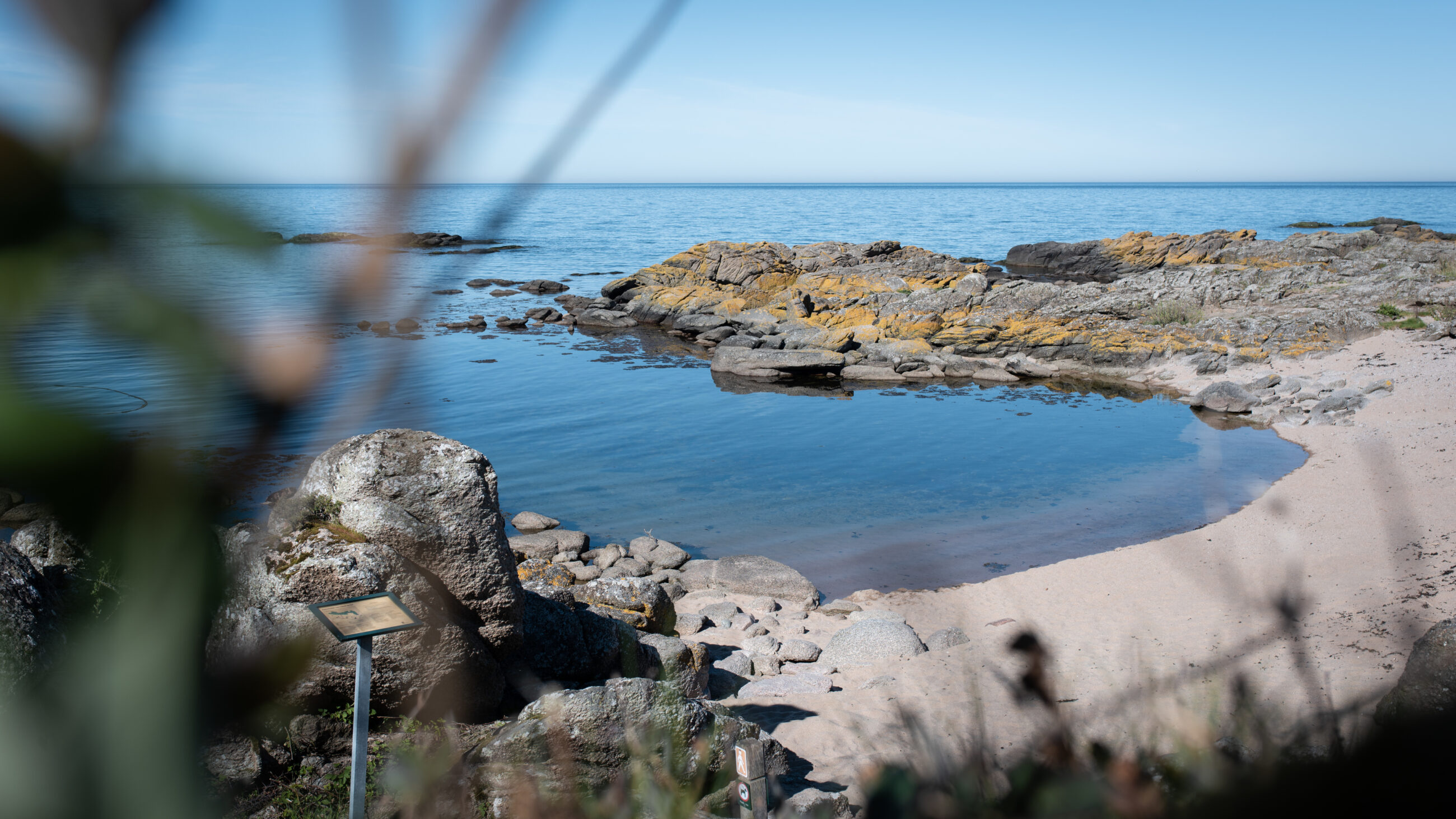

Against this backdrop, the popular island holiday destination of Bornholm located in the waters between Sweden and Denmark has been busily working on establishing its profile as one of the greenest locations in Europe. Achieving this distinction has been a long-term strategic objective of the island. Known as Bright Green Island, Bornholm has adopted sustainability as the basis for the island’s development and continued growth. The island’s location and its citizens’ willingness to embrace new methods has meant that it is the perfect living lab for testing new technologies and systems. For example, the EcoGrid 2.0 demonstration project is currently taking place on Bornholm, where 1000 heat pumps and radiators have been installed in private households that are controlled remotely. The aim is to demonstrate that there is a market for flexible electricity consumption in private households.
Why 2032?
At a meeting of Bornholm’s local government at the end of 2018, a motion was adopted that the island would work towards becoming a zero waste society by 2032. This ambitious vision has been concretised in the document ‘Bornholm shows the way – zero waste 2032’ (Borholm viser vej – uden affald 2032). The aim is to be Northern Europe’s green island that can serve as a tangible and credible example of how the waste system can be converted from a linear to a circular one, all in close collaboration with citizens and companies. In this process waste becomes a resource that can be recirculated for the benefit of society as a whole. In doing so, Bornholm will be the first region to phase out waste incineration in Denmark.
The 2032 deadline has been established as it will be by then that the island’s waste incineration plant will be amortised. Therefore, it is already now that Bornholm’s local government needs to decide whether they should allocate funds to build a new plant, conduct regular renovations or, as the vision intends, work towards eliminating the need for a waste incineration plant on the island.
The path to a zero waste island
Eliminating the need to incinerate waste means a number of new activities, policies, practices and regulations have to be developed and implemented. For example:
- Bornholm’s citizens will assume a pivotal role. Waste from households and companies will be sorted so that it can smoothly be incorporated into the new resource cyclus. Existing fractions such as metal, plastic, cardboard will be largely reused and new waste fractions such as fishnet, insulation and special types of plastic will be reused in collaboration with local companies and partners.
- Organic waste will be converted to energy via the use of composting or biogasification. The green share of garden and park waste will also be utilised to produce energy. Nutrient rich residuals from the energy extraction process will be used as fertiliser on fields, in gardens and on the island’s green spaces.
- Bornholm’s residents will reuse everything from furniture to children’s clothing and make use of local sharing economy services such as peer-to-peer carsharing. Socially responsible enterprises will repair everything from old bicycles to unwanted kitchens.
- Schools, child care centres and youth education programmes will prevent the creation of waste, just as the rest of the local government’s institutions will engage in sustainable and waste minimising procurement practices combined with resource saving technologies and waste solutions.
- In a world first, Bornholm’s school children will be reared as resource heroes via practical and direct education that covers waste, resources, the environment and nature from kindergarten until the ninth grade.
- Tourists and visitors to Bornholm are active participants in one of the world’s first zero waste societies and thereby in the Bright Green island strategy. They will prevent waste creation via sustainable consumption and sort rubbish in the newly created waste solutions, which hotels, restaurants, entertainment and cultural activities make available. In addition, tourists and visitors will gain greater insight into sustainability and resources at the island’s summer folk high schools, green workshops and farm stays.
Bornholm’s local government zero waste strategy can be downloaded here (in Danish only).
Facts about waste incineration in Denmark
In 2014, Denmark produced 12 million tonnes of waste, where a large share is recycled and approximately 3.5 million tonnes is sent to waste incineration plants, which use the waste to produce heating and electricity. Denmark has 28 waste incineration plants, whereof 22 are dedicated waste incineration plants that primarily convert household and industrial waste to energy. Four are multi-fuel plants that both incinerate household and industrial waste, as well as biomass and natural gas. The remaining two are for incinerating hazardous waste.
The energy from waste incineration plants meets approximately 25 per cent of Denmark’s district heating needs and up to five per cent of the country’s electricity production.
-Sources: Energy Supply, DAKOFA
Photo credit: Destination Bornholm
You should consider reading
Perspective
Circular business models
+4
